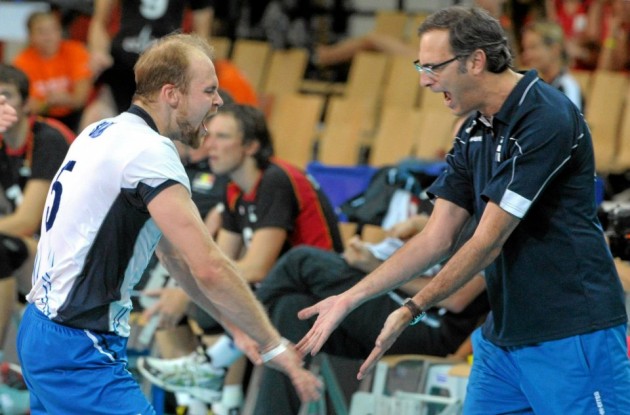
Castellani
In Part 1 you could learn “How to organize TIME-OUT”, while in Part 2, Castellani explained, “What is the best moment to call for TIME-OUT”. In Part 3 he spoke about “Quick analysis on TIME-OUT“.
Now, it’s time for „What we do, how and when we talk“
He said that he constantly learned the new techniques to increase his ability to respond. This is the model which he has chosen:
• Communication is based on the goal, with clear guidelines on what to do and how to do it. The human mind does not record the “NO”. If I tell you what you do not have to do, I am strengthening the image of the negative. “Do not look at the white horse, do not take this freedom” … these phrases say what you do not need to do, but they do not explain what to do. Communication should always have an idea to develop. Another situation that does not help to set goals and solutions is to talk a lot about the past.
• I want to know my body language and transmit SAFETY with energy and confidence.
• The team has an identity, has an essence, and must have a mystical attitude, WHAT WE ARE. We create this identity in the workout: we want to play the best volleyball, we like challenges, we are the people who give the best when it’s difficult, what we try to be must always be present.
• The requirement for a short and long-term vision is to take the utmost to be able to reach the limit, during the game and in the workout. Without losing sight of the fact that we are in a process and how every process takes time. Many times we do not realize what we can do if we do not have someone to help us overcome our limits. And this one, in our case, is the coach.
• Substitutions. I always think of the team and I try to give it time to meet and overcome a difficult period. But it also depends on the collective performance and the type of mistakes the players have committed, whether due to lack of attention or whether it was a mistake but the intentions were right. These situations weigh on the decision to substitute an athlete or give him some chance, always keeping the general idea of not allowing the opponent to make difference in the score more than 4-5 points.
PREVIOUS: “The previous elaboration of clear ideas“ (PART 4)
NEXT: What we do, how and when we talk, the second part (PART 6)
Subscribe to have full access to WoV PROFILES, STATS, and WoVVIDEO.
Receive email notifications about players’ or teams’ latest STATS and VIDEOS.
Discover what’s new in a volleyball world.